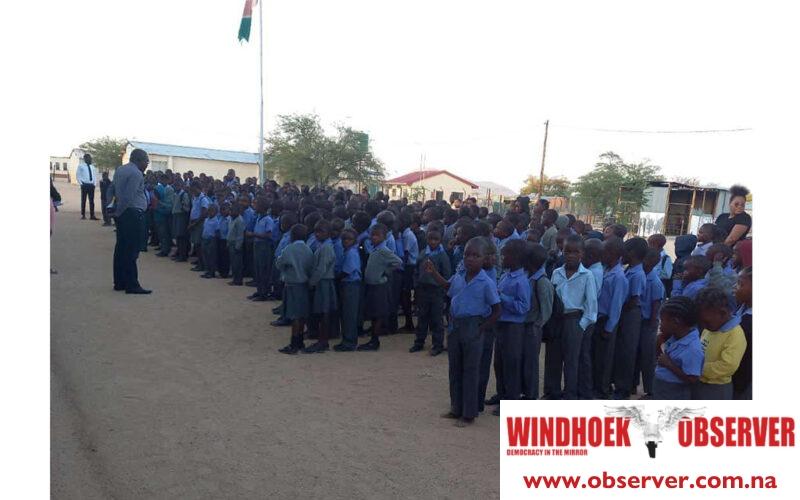Allexer Namundjembo
The rollout of native language education in schools is facing setbacks due to a shortage of qualified teachers in the Khomas and Erongo regions.
This is especially for the Rukwangali and Khoekhoegowab, leaving many learners without the opportunity to study their mother tongues.
Despite government policies to address these challenges, the implementation thereof has been slow, with little being done to employ educators from regions where native languages are spoken.
Educational director Paulus Nghikembua on Monday told the Windhoek Observer that the situation is impacting the learners badly.
“Currently the Rukwangali language is being offered at Dr. Frans Indongo Primary School in Okahandja Park, Windhoek only. It is not like other languages such as Otjiherero, Oshiwambo, and other languages that are offered in many schools,” he added.
Even though many schools offer KhoeKhoegowab, he added, there are not enough educators.
‘’We are offering Khoekhoegowab, but we are experiencing challenges in getting qualified teachers for Khoekhoegowab. Getting a teacher who is an expert in teaching two languages like Khoekhoegowab and Afrikaans is not that easy,” he added.
Nghikembua said that one primary school in the area currently offers Rukwangali.
Language education in Namibia has long been a sensitive issue.
Despite these languages’ strong academic performance, a shortage of qualified educators, particularly in the Khomas and Erongo regions, still limits their instruction.
Three distinct Omaruru, Swakopmund, and Walvis Circuits in the Erongo region offer Rukwangali and Khoekhoegowab.
David Nekaro, the national chairperson of the Unemployed Teachers National Committee, said there are learners in different regions, especially those in Khomas and Erongo Regions, who want to learn their native languages, such as Rumanyo, Tshimbukushu, and Rukwangari, but they are not being given an opportunity.
“We made an agreement with the Khomas education directorate last year that will solve this problem. The agreement is there. It is just a matter of putting the agreement to work. We have minutes of the meetings we had with the ministry, and we are hoping that they will implement those agreements soon,” he said.
Even though more teachers can teach those languages, Nekaro said the education ministry is not hiring them.
“We also have the same question as to why teachers from the Kavango regions are not employed to teach those languages. We also understand that few schools offer those languages, and that might be the challenge of employing more teachers,” he added.
According to Professor Niklaas Fredericks, head of Nust’s communication and languages department, native languages should take precedence in the educational field.
He believes that while the current system of using native languages as the medium of instruction from Grades 0–3 is commendable, areas, where a language predominates in speakers, should seriously consider using native languages as the medium of instruction.
“It is a well-known linguistic fact that the thought process happens in the native language of the speaker, and it is against this background that native languages such as Rukwangali should be given priority in the education domain,” he said.
He noted that it is disheartening to note that policymakers are still reluctant to introduce native languages from Grades 4 up to the AS levels in the new curriculum.
“Our native languages have proven beyond reasonable doubt that they can compete in popular spaces like popular music and social media spaces. Most languages have sound orthographies and oral traditions,” he said.
In 2021, students demonstrated strong performance in 12 First Languages, particularly in KhoeKhoegowab, German, Rukwangali, Rumanyo, Silozi and Thimbukushu, achieving a cumulative percentage of over 90% at D and higher grades.
The education ministry’s executive director, Sanet Steenkamp, said for a school to start offering a certain language, there are criteria that the ministry follows.
“We follow certain procedures, such as the number of learners available. We can’t just start offering that specific language to two learners,” she said.




